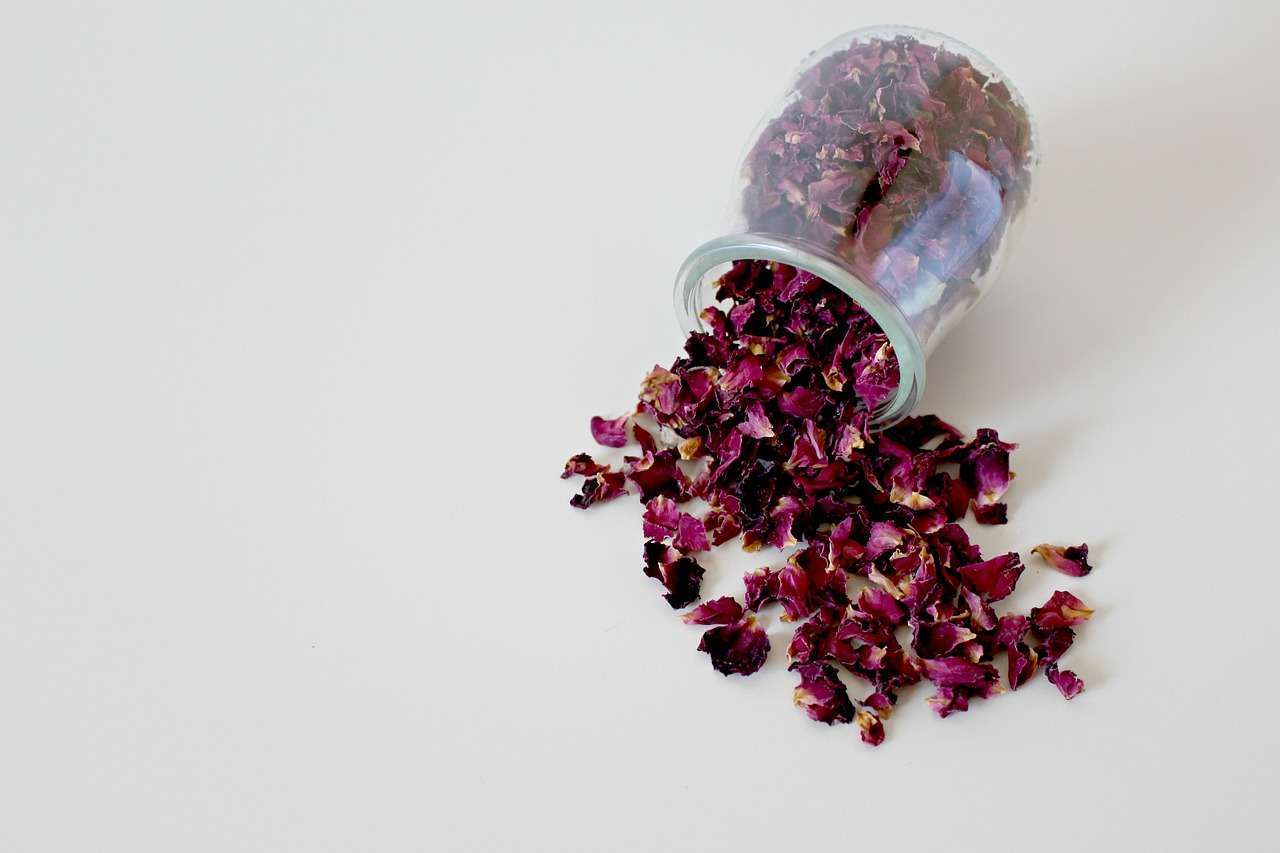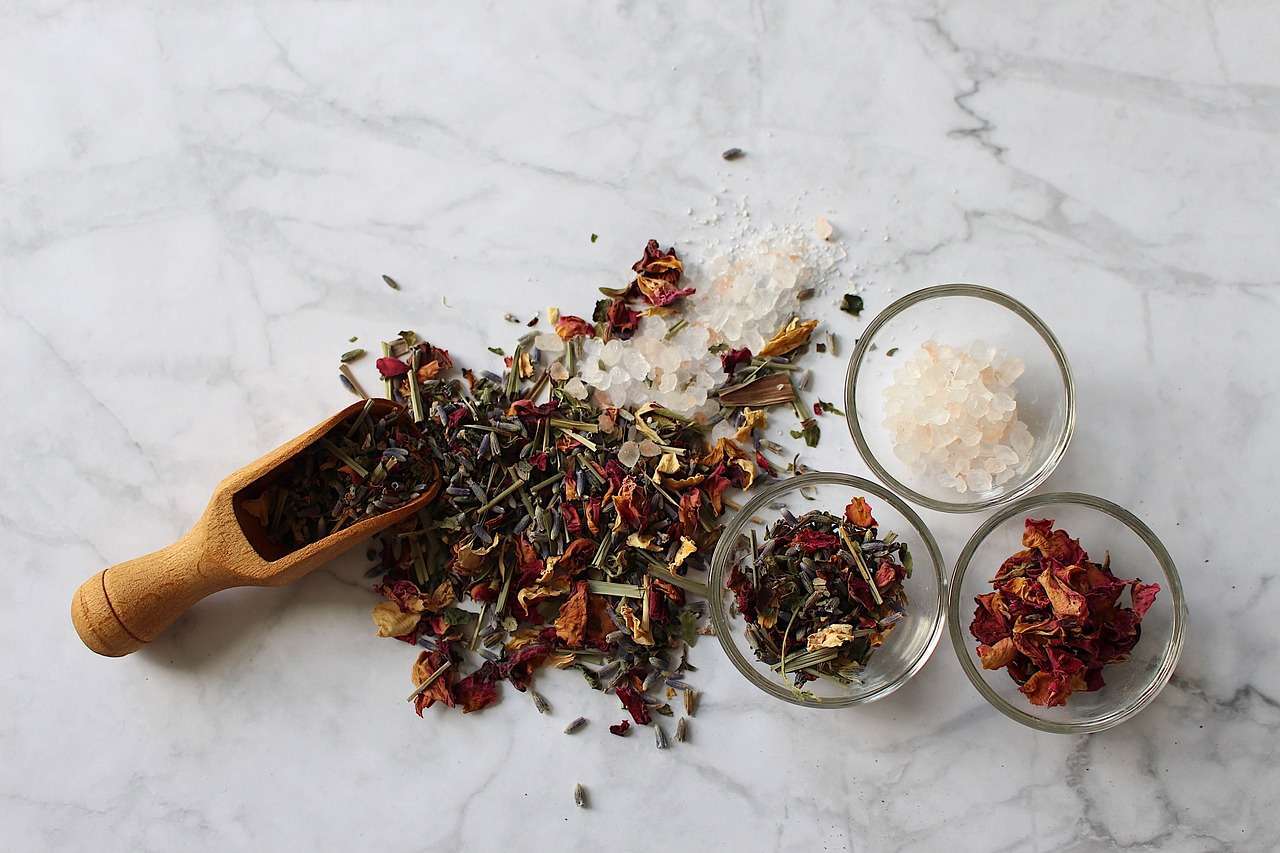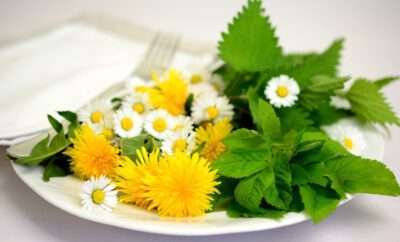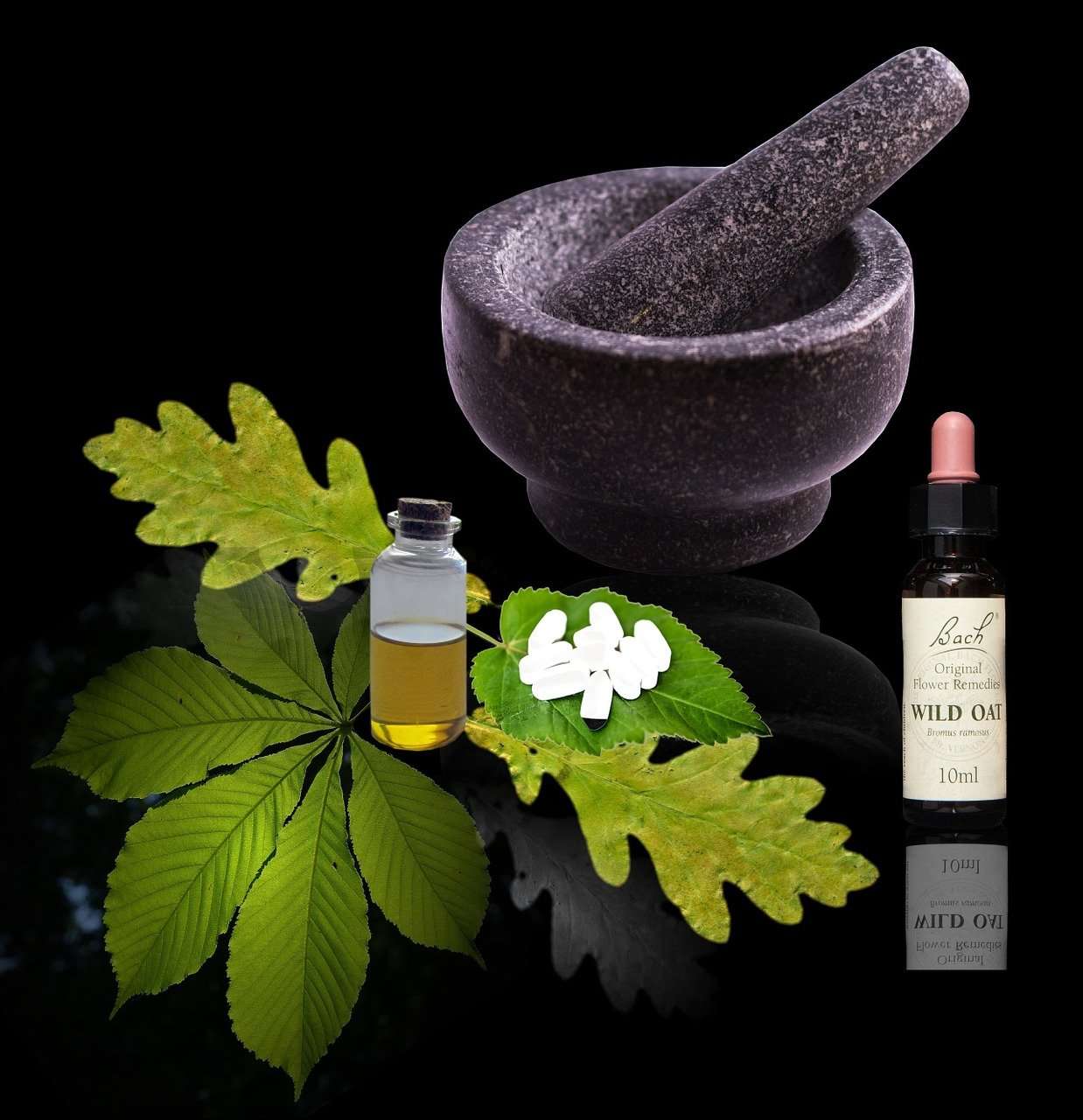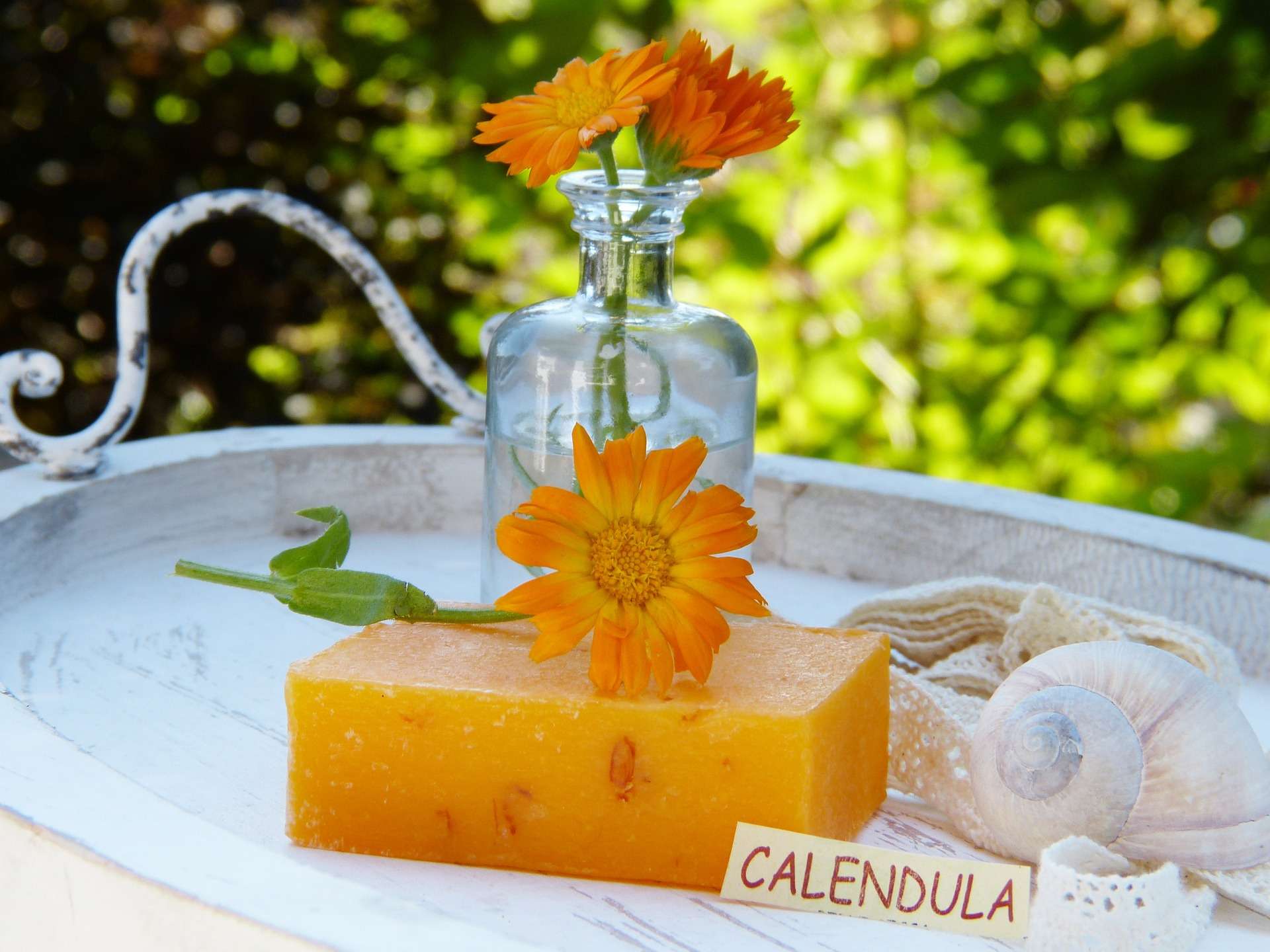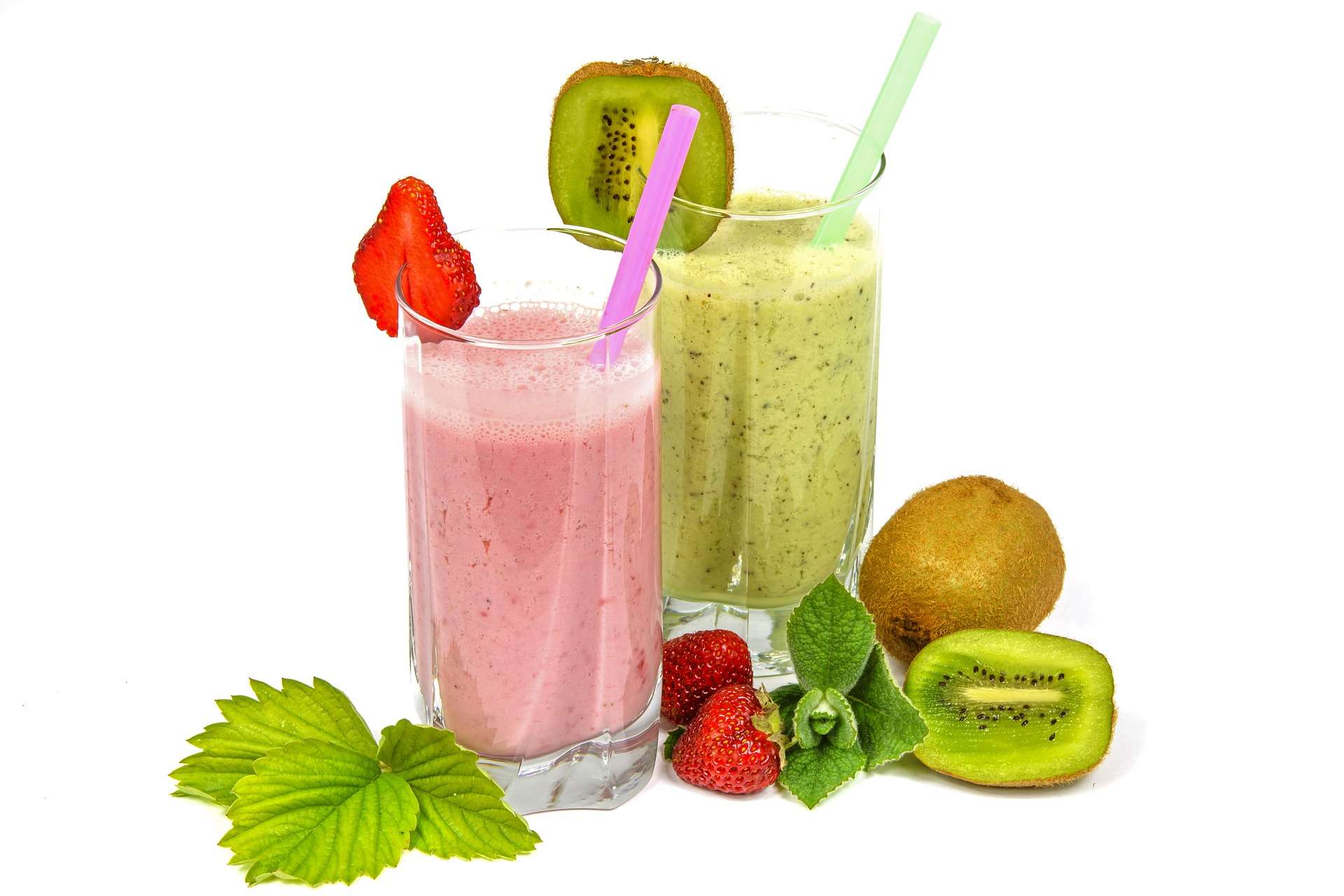Explore the World of Herbs.
Herbs have been used for many purposes over the years as a form of medicine or natural remedy, for garnishing food and as teas,and in the garden to deter pests and diseases.Herbal Remedies
Versatile Plants
Learn All About Some of the Common Herbs
Medicinal Herbs
Dandelion root has been used for liver disorders.
In Food and Drinks
Herbs can be used in Food as a Garnish and as a Tea.
Herbs for Good Health
Medicinal Herbal Remedies
Some Common Natural Remedies
Medicinal herbal remedies have been used for centuries to promote health and well-being. These natural remedies harness the power of plants to support various aspects of our health, from boosting the immune system to relieving common ailments.
One popular medicinal herb is Echinacea, which is known for its immune-boosting properties. Studies have shown that Echinacea can help reduce the duration and severity of the common cold and flu symptoms . Another well-known herb is St. John's Wort, which has been traditionally used to alleviate symptoms of mild to moderate depression .
Ginger is another versatile herb that has been used for its anti-inflammatory and digestive benefits. It can help relieve nausea, reduce muscle pain, and even aid in digestion . Additionally, Turmeric, with its active compound curcumin, has gained popularity for its potent anti-inflammatory properties and potential benefits for conditions such as arthritis and heart disease .
It's important to note that while herbal remedies can be beneficial, it's always recommended to consult with a healthcare professional before incorporating them into your routine, especially if you have any underlying health conditions or are taking medications.
When using herbal remedies, it's crucial to ensure the quality and safety of the products you choose. Look for reputable brands that adhere to good manufacturing practices and provide clear information about the sourcing and testing of their herbs.
In conclusion, medicinal herbal remedies offer a natural and holistic approach to supporting our health. With proper research and guidance, they can be valuable additions to our wellness routines. Remember to consult with a healthcare professional and choose high-quality products for the best results.
FOR LOTS MORE HERBAL TREATMENTS AND OTHER REMEDIES GO TO OUR NATURAL REMEDIES PAGE.
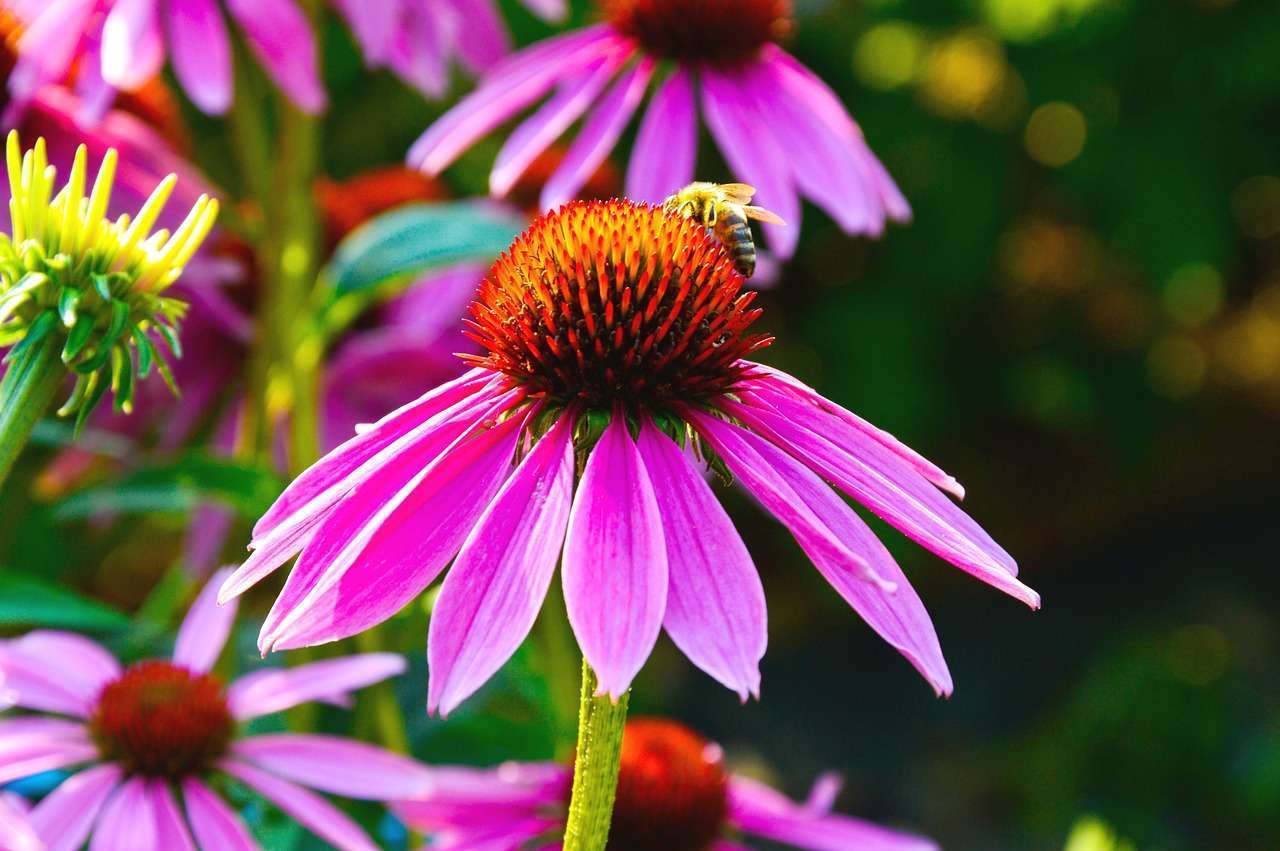
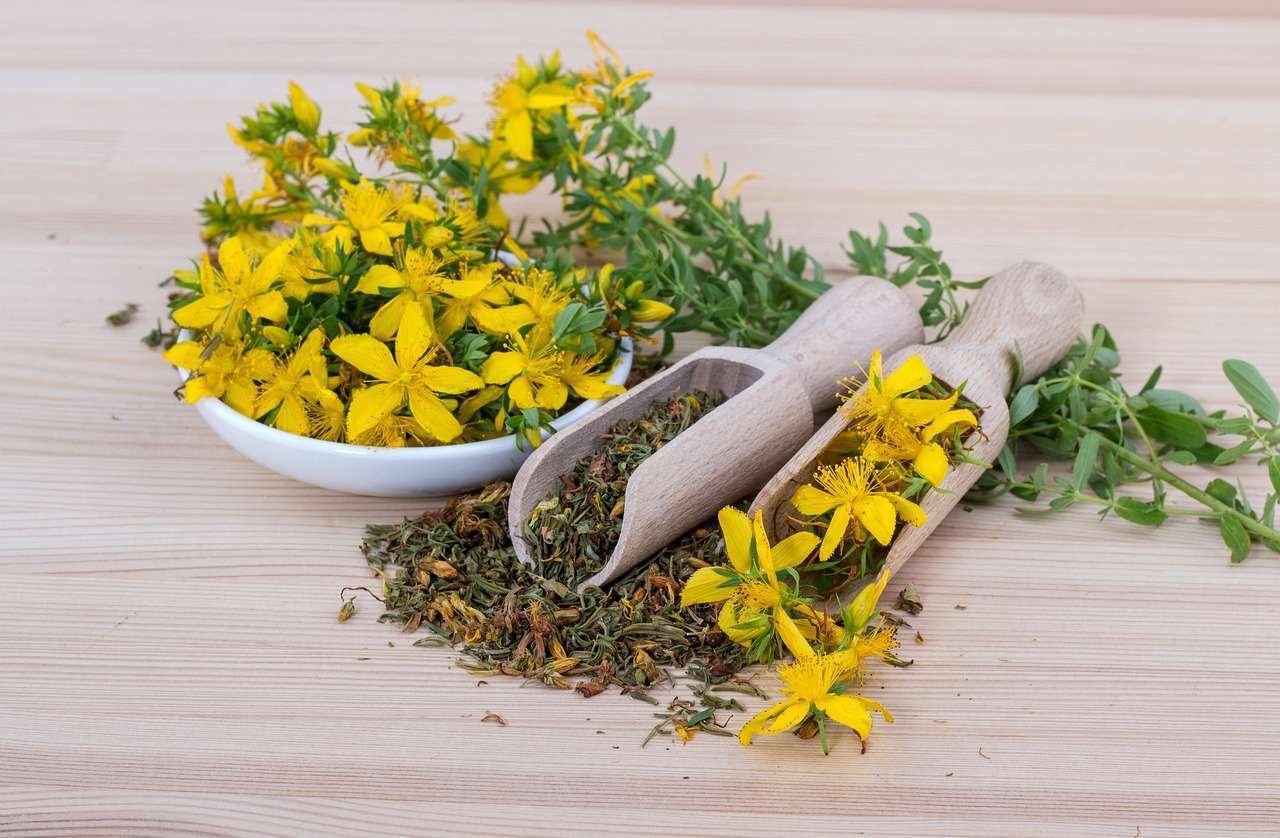
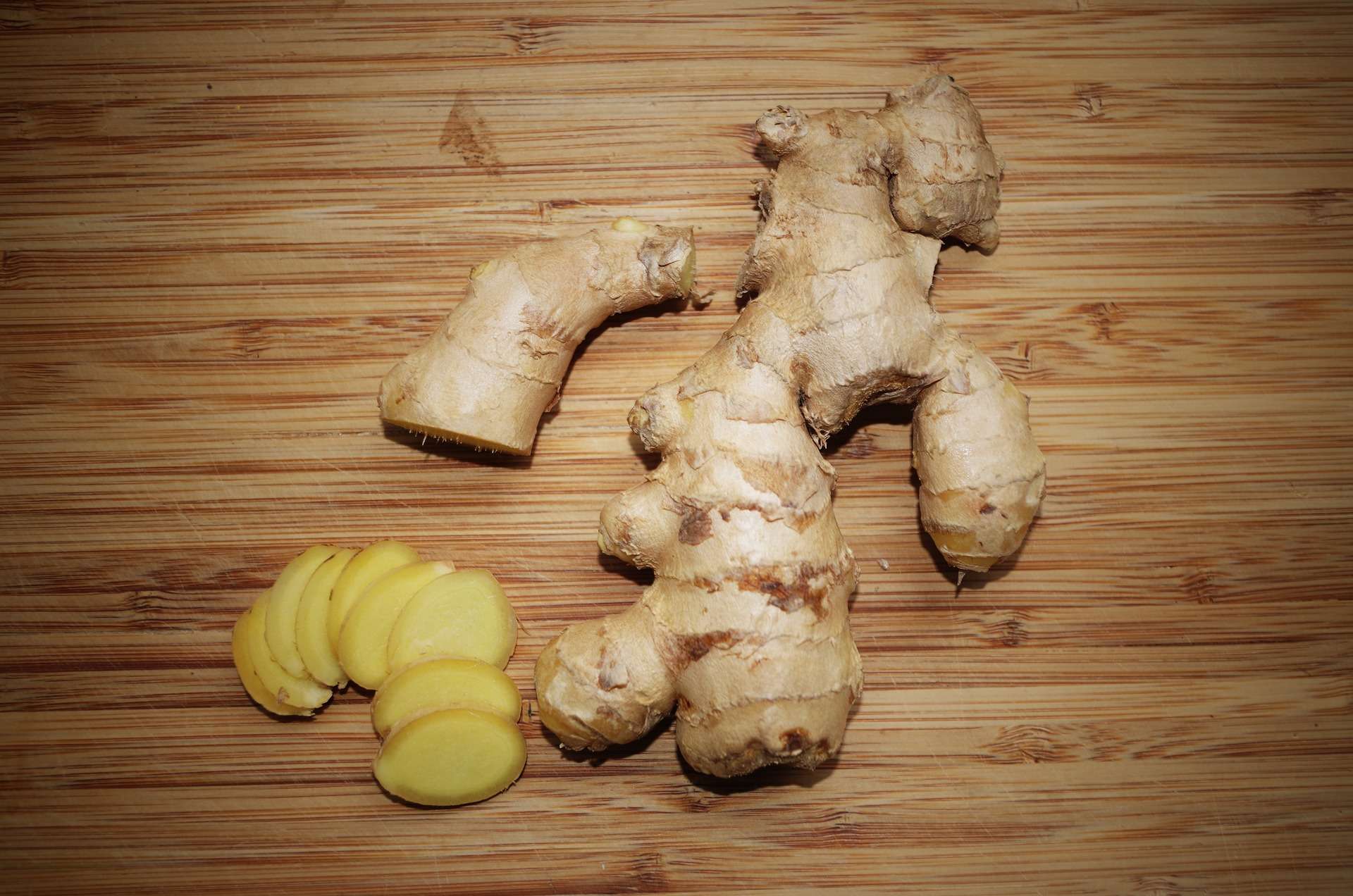
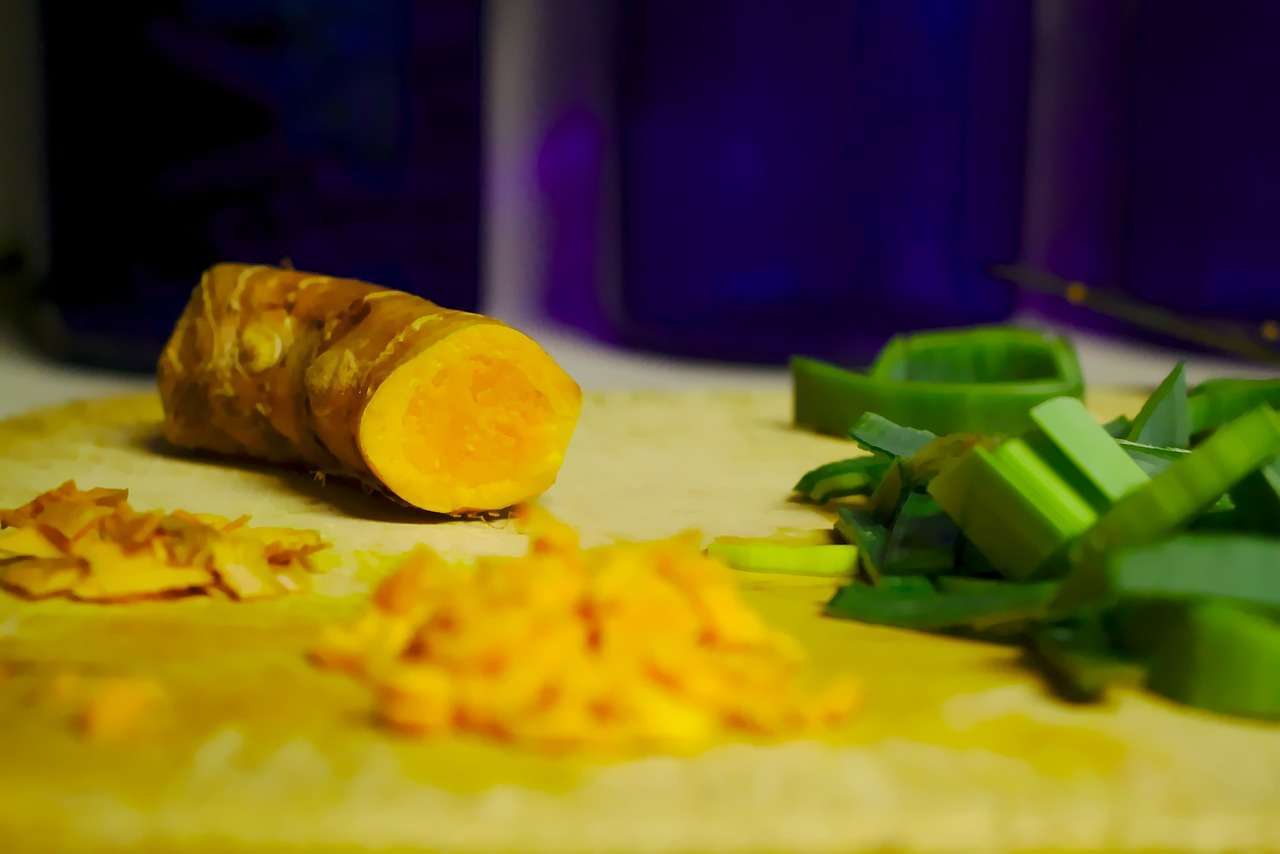
Embrace the Natural: Organic Methods for a Thriving Herbal Garden
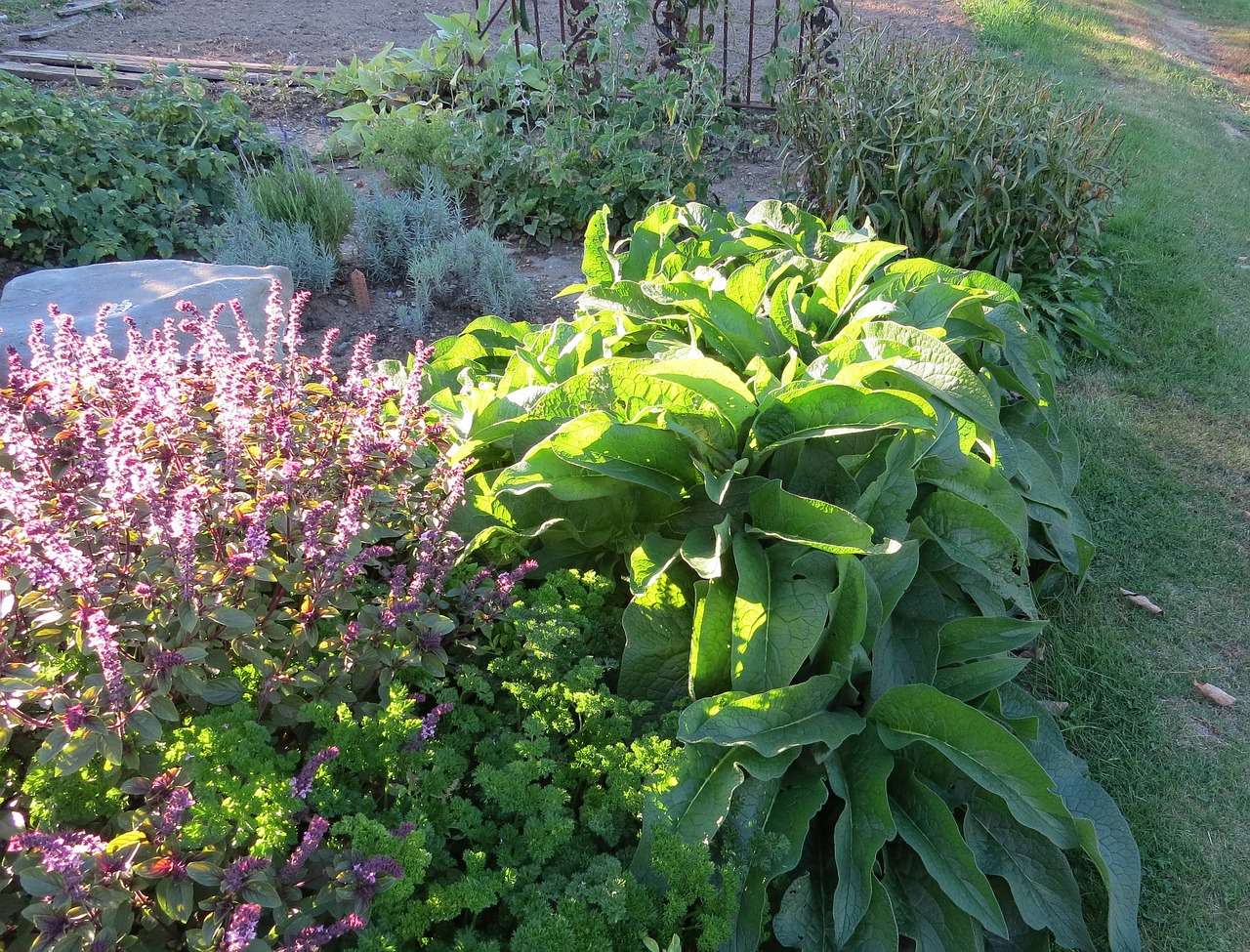
Introduction:
Welcome to the world of herbal gardening, where nature's bounty awaits you! In this article, we will explore the beauty and benefits of growing herbs using organic methods. By embracing organic gardening practices, you can create a sustainable and thriving herbal garden that not only enhances your culinary creations but also promotes a healthier environment.
1. Choosing the Right Location:
To kickstart your herbal garden, select a location that receives ample sunlight and has well-draining soil. Herbs thrive in full sun, so aim for at least six hours of direct sunlight each day. Additionally, ensure that the soil is rich in organic matter, which can be achieved by adding compost or well-rotted manure.
2. Starting with Organic Seeds or Seedlings:
When it comes to growing herbs organically, it's essential to begin with organic seeds or seedlings. Look for certified organic options, as they are free from synthetic pesticides and genetically modified organisms (GMOs). This ensures that your garden starts off on the right foot, promoting a natural and chemical-free environment.
3. Companion Planting:
Incorporating companion plants in your herbal garden can work wonders for pest control and overall plant health. For instance, planting marigolds alongside your herbs can deter harmful insects, while attracting beneficial ones like bees and butterflies. Basil, when planted near tomatoes, can enhance their flavor and repel pests. Explore the world of companion planting to create a harmonious and thriving garden ecosystem.
4. Organic Pest Control:
Maintaining a pest-free herbal garden is crucial for healthy plant growth. Instead of resorting to chemical pesticides, opt for organic pest control methods. For example, you can make your own organic insecticidal soap using mild dish soap and water to combat common pests like aphids or spider mites. Additionally, introducing beneficial insects like ladybugs or lacewings can help keep pest populations in check.
5. Natural Fertilizers:
Nourishing your herbs with natural fertilizers is key to their growth and vitality. Organic options like compost, worm castings, or seaweed extracts provide essential nutrients without the use of synthetic chemicals. Regularly amend your soil with these natural fertilizers to ensure your herbs receive the nourishment they need to flourish.
Conclusion:
By adopting organic methods in your herbal garden, you not only create a haven for aromatic and flavorful herbs but also contribute to a healthier and more sustainable environment. Embrace the natural approach, and watch your garden thrive while enjoying the benefits of organic herbs in your culinary adventures. Happy gardening!
Growing Herbs Can Become a Fantastic Hobby!
Learn All About Herbal Plants from Growing, Using to Eating.
Medicinal or Healing Herbs
Many herbs have been used for centuries as medicinal remedies to help heal various ailments. Somes herbs on the other hand can be poisonous so care needs to be taken to ensure your have the correct species when using herbs for these purposes. If not familiar with a particular plant seek professional aid from a skilled herbalist with years of experience. For this reason only common herbs will be discussed here.
Herbs for Beauty and Perfumery
Some herbs have special properties that enable them to be used for many beauty and perfumery purposes. Different herbs are used to treat the different skin types from dry, oily and normal ones. Other preparations with herbs can be used to make your own skin cleansers, moisturizers, masks, shampoos and conditioners. There are other herbs that can be utilized to make herbal sachets, moth bags and pot-pourri.
The Herb Garden!
Growing your own herbs is one of the most satisfying gardening practices you can do. All the wonderful flowers, foliages and scents to work with is extremely enjoying and one you will never regret starting. If you are interested in drying your herbs or preserving them in oil and pickles, the ideas are endless. Some herbs like dry well drained conditions whereas others like more care. The world of herbs is ready to be discovered. There is so much to learn about and do with regard to herbs. Enjoy the discovery.
THINGS YOU NEED TO KNOW WHEN GROWING HERBS USING ORGANIC PRACTICES?
Types of Herbs
There are 3 main types of herbs which are those grouped into annuals, perennials and shrubs. Annual are those that have a lifetime of usually a year where they grow, produce flowers and seed and die off. Perennials last for a number of years and shrubs, flower and seed for much longer unless they become diseased. Other plant parts that are used in herbal remedies include the roots, seeds, flowers and even the bark.
Parts of the Herb Used.
Herbs are grown for their leaves, flowers or both which can be dried and stored in jars for use later on, when not in season. The leaves and flowers or even bark can be made into creams, oils and poultices or tinctures for natural remedies and natural beauty products.Dried leaves and flowers are used in potpourri and smelling sachets to deter insects in the wardrobe or creating beautiful odours around the home.
Producing Seedlings.
When growing herbs at home it is hard to buy organically produced seedlings or plants so by growing them organically should be significantly better than grown otherwise. When growing herbs they can be placed in rockery- type gardens for those that like good drainage, as cottage gardens or mixed in with vegetables as companion plants.
Site Conditions.
Some herbs like a well drained soil like lavender which tends to die off if growing in wet retaining soils. Others tend to be prone to specific pests and can die off easily. That is why it is important to discover before planting the herbs, what are the ideal growing conditions and what pests are they prone to attract. If you have poorly drained soil you can grow your herb plant in raised beds or in a rockery. If you learn that your herbs is always attacked by some pest you can look up what plant is a deterrent to that pest. In this way you can plant a companion plant to help with this situation.
Growing Conditions.
Other growing conditions that may be specific for a herb is the amount of sunlight or shade the plant likes. If planting out in winter think of how dry and hot it will be in the summer and maybe plant it in a spot with semi shade. Some herbs require lots of sunlight and this is often ones that are variegated. Dark green leaved herbs tend to prefer a more shady spot. This is because they are often found naturally in the under- storey locations with plenty of shade. As a rule, thin leaf herbs are adapted to dry, hot and low moisture situations.
Soil Properties.
The pH of the soil is another factor to take into consideration. If you know your pH you can plant the herbs according to their preferred soil type. If you don't know the pH of your soil you can get a kit from the nursery or store like Bunnings. These kits show up a colour of your soil that gives a number between 0 - 14 . A test result around or just below 7 is the optimal pH for many herbs. Some plants like Lavender loves an alkaline pH to grow in, which is greater than 7. Some herbs may like a more acidic pH soil and these are often found in the high rainfall regions of the world.
Soil Conditions.
The properties of the soil are also important when deciding where to plant your herbs.The ideal growing soil has lots of lumps or aggregates or soil clumps which allows for good drainage, good water holding capacity and the absorption of nutrients. There are 4 main particles in the soil being sand, silt and clay together with organic matter or humus. The sand and silt gives the soil a nice texture and well drained and they don't tend to get waterlogged. The organic matter and clay help hold the water and nutrients in a location that the plants roots can uptake them and not drain out of the soil profile. One particular problem is clay pan where a layer of clay can stop water draining down in the profile causing lack of air for the plants roots which tend to rot and die.
Improving Soil.
When deciding where to grow your herbs it is best to first learn about your plant and what soil and growing conditions it prefers. Once you know this you can begin preparing the soil bed. A good way is to introduce organic matter to the soil. Cow manure is great to get the soil ready for planting but do this a month or so before if possible. Worms and other soil organisms carry the organic matter into the soil and break it down ready for when you plant your herbs. The organic matter also helps in many other ways like improving the soil structure, increasing water holding capacity if you have a sandy loam soil and providing nutrients for the plants.
Herbs for Companion Planting
Companion Planting With Herbs
Companion planting with herbs is a popular and effective technique in gardening. Herbs can serve as great companions for various plants, providing benefits such as pest control, attracting beneficial insects, enhancing flavor, and improving overall plant health. Here are a few examples of herbs commonly used in companion planting:
1. Basil: Basil is known to repel pests like mosquitoes, flies, and aphids. It can be planted alongside tomatoes, peppers, and asparagus to improve their growth and flavor.
2. Rosemary: Rosemary acts as a natural deterrent for pests like cabbage moths, bean beetles, and carrot flies. It can be planted near beans, cabbage, carrots, and sage to protect them from these pests.
More Companion Herbs
3. Chives: Chives have a strong scent that repels aphids, Japanese beetles, and carrot flies. They can be planted near roses, tomatoes, and carrots to keep these pests at bay.
4. Dill: Dill attracts beneficial insects like ladybugs and lacewings, which prey on aphids and other harmful pests. It can be planted near cabbage, cucumbers, and lettuce to attract these helpful insects.
5. Mint: Mint is known for its strong aroma, which repels ants, aphids, and cabbage moths. It can be planted near cabbage, tomatoes, and peppers to deter these pests.
Remember, companion planting with herbs is not only beneficial for your plants but also adds beauty and fragrance to your garden.
Herbs for Beauty and Perfumery
Using herbs for beauty and perfumery is a wonderful way to incorporate organic and natural ingredients into your skincare and fragrance routines. Herbs have been used for centuries for their various beneficial properties, and they can provide a range of benefits for your skin and overall well-being.
When it comes to beauty, herbs like lavender, chamomile, and rosemary are known for their soothing and calming effects. These herbs can be used in facial steams, toners, and masks to help reduce inflammation, promote relaxation, and improve the overall appearance of your skin. Additionally, herbs like calendula and chamomile can be infused into carrier oils to create gentle and nourishing facial serums.
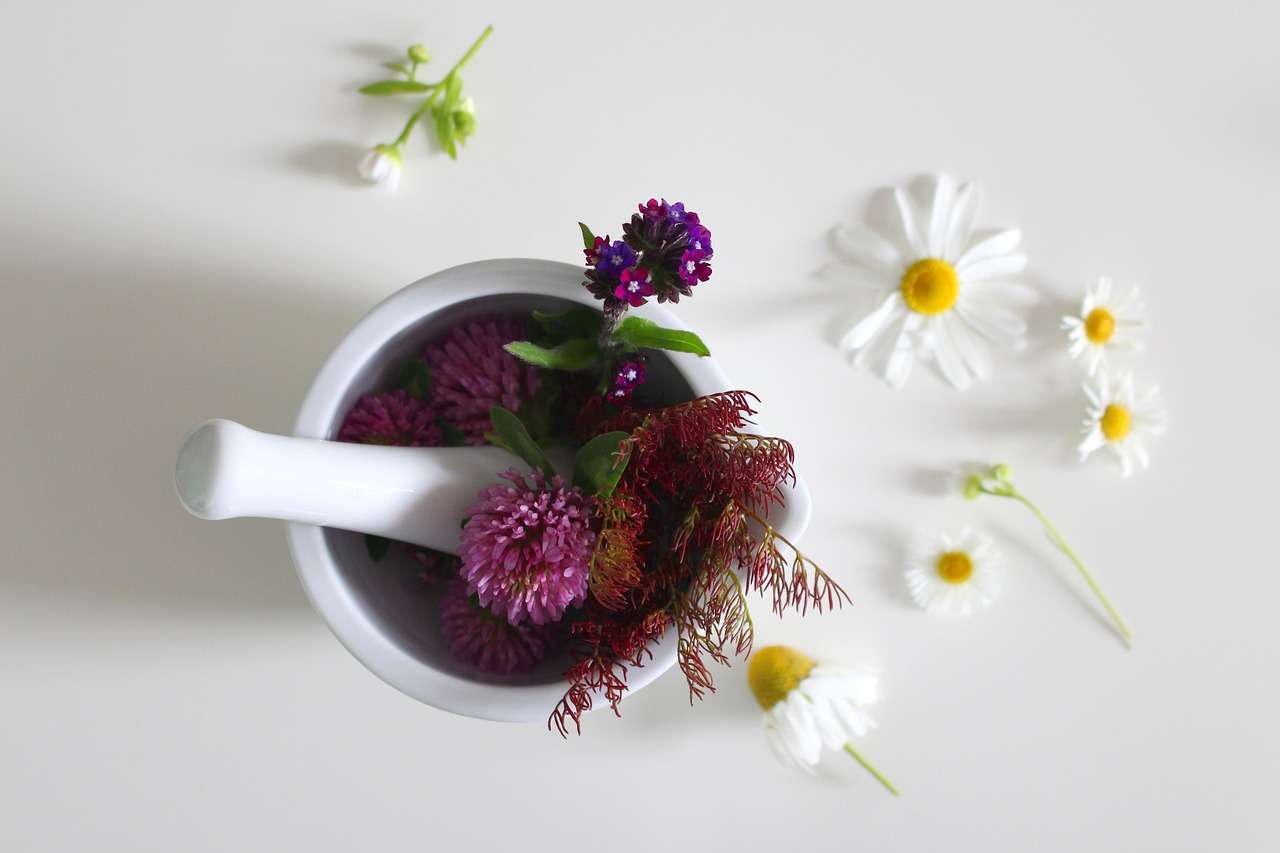
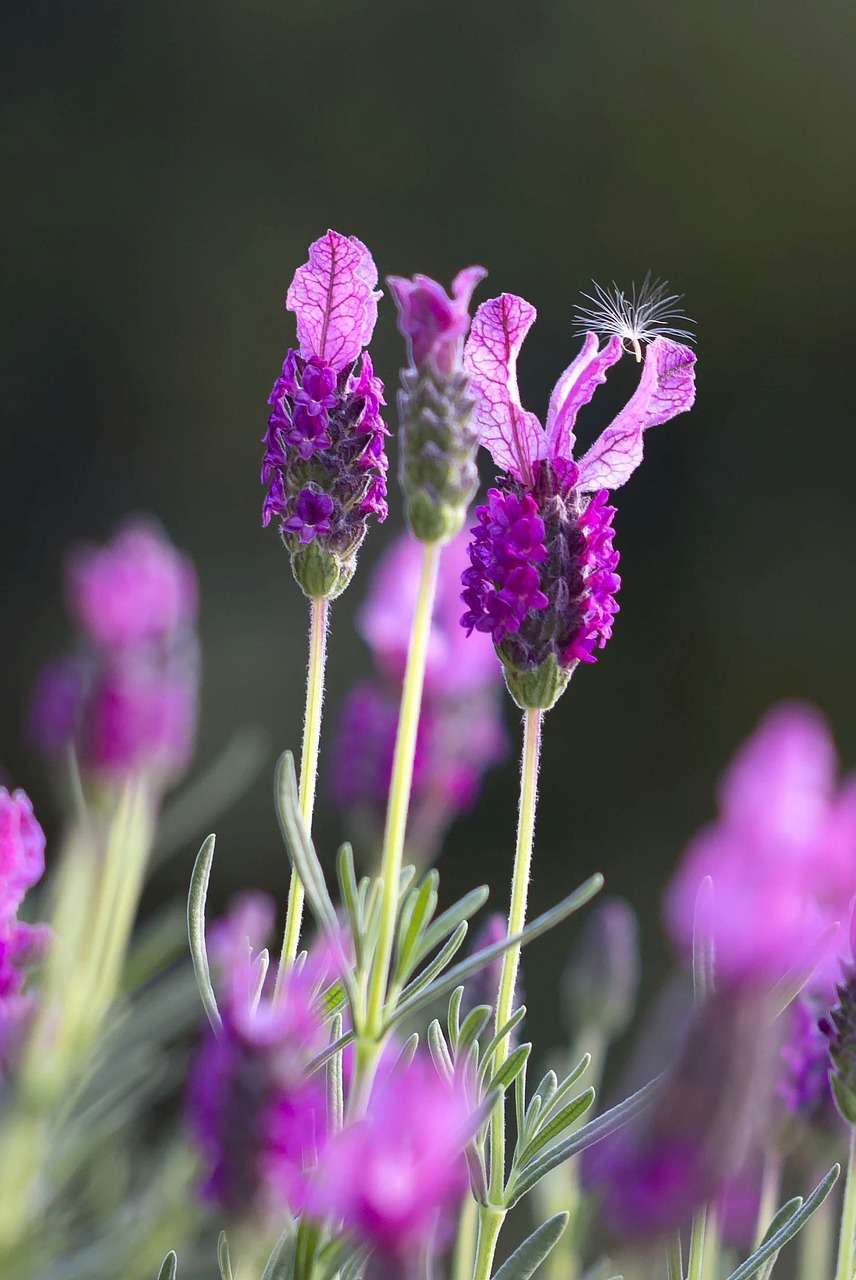
In the realm of perfumery, herbs offer a unique and natural alternative to synthetic fragrances. Herbs such as rose, jasmine, and ylang-ylang are commonly used in perfumery for their delightful scents. You can create your own herbal perfumes by infusing these herbs into carrier oils or alcohol, allowing the natural fragrance to develop over time. This way, you can enjoy a personalized and organic scent that is free from harsh chemicals.
It's important to note that while herbs can offer numerous benefits, it's always recommended to do a patch test before using any new product on your skin, especially if you have sensitive skin or allergies. Additionally, it's advisable to consult with a qualified herbalist or aromatherapist to ensure you're using the herbs safely and effectively.
Have Fun Making Your Own Natural Beauty Products at Home!
DIY Facial Cleanser:
Ingredients:
- 1/4 cup of liquid castile soap
- 1/4 cup of distilled water
- 1 tablespoon of carrier oil (such as jojoba or almond oil)
- 10 drops of essential oil (optional, for fragrance)
Instructions:
1.Mix all the ingredients together in a clean bottle or container.
2. Shake well before each use.
3. Apply a small amount to damp skin, gently massage, and rinse with warm water. repeat if necessary.
Homemade Face Mask:
Ingredients:
- 1 tablespoon of bentonite clay
- 1 tablespoon of honey
- 1 teaspoon of apple cider vinegar
- 2-3 drops of lavender essential oil (optional)
Instructions:
1. In a small bowl, mix the bentonite clay, honey, and apple cider vinegar until you have a smooth paste.
2. Add a few drops of lavender essential oil for a soothing scent (optional).
3. Apply the mask to clean, dry skin and leave it on for about 10-15 minutes.
4. Rinse off with warm water and follow up with your favorite moisturizer.
DIY Body Scrub:
Ingredients:
- 1 cup of granulated sugar
- 1/2 cup of carrier oil (such as coconut or olive oil)
- 10-15 drops of your favorite essential oil (such as lavender or citrus)
Instructions:
1. In a bowl, mix the sugar and carrier oil until well combined.
2. Add your chosen essential oil and mix again.
3. Transfer the scrub into a clean, airtight jar for storage.
4. To use, apply a small amount to damp skin and gently massage in circular motions. Rinse off with warm water.
Creating Perfumes at Home
1. Infused Oils: One method is to infuse herbs into carrier oils, such as jojoba or almond oil. Choose herbs with aromatic properties, like lavender, rose, or jasmine. Simply place the herbs in a clean glass jar, cover them with the carrier oil, and let the mixture sit for a few weeks in a cool, dark place. Strain out the herbs, and you'll have a fragrant infused oil that can be used as a base for your perfume.
2. Herbal Distillation: Another technique is to create herbal hydrosols or floral waters through steam distillation. This method requires a bit more equipment, such as a still or a DIY setup using a pot, heat-resistant bowl, and a lid. Place the herbs in the pot with water, and as the water boils, the steam will carry the aromatic compounds from the herbs into the bowl. Collect the condensed steam, which will have a fragrant herbal water, and use it as a base for your perfume.
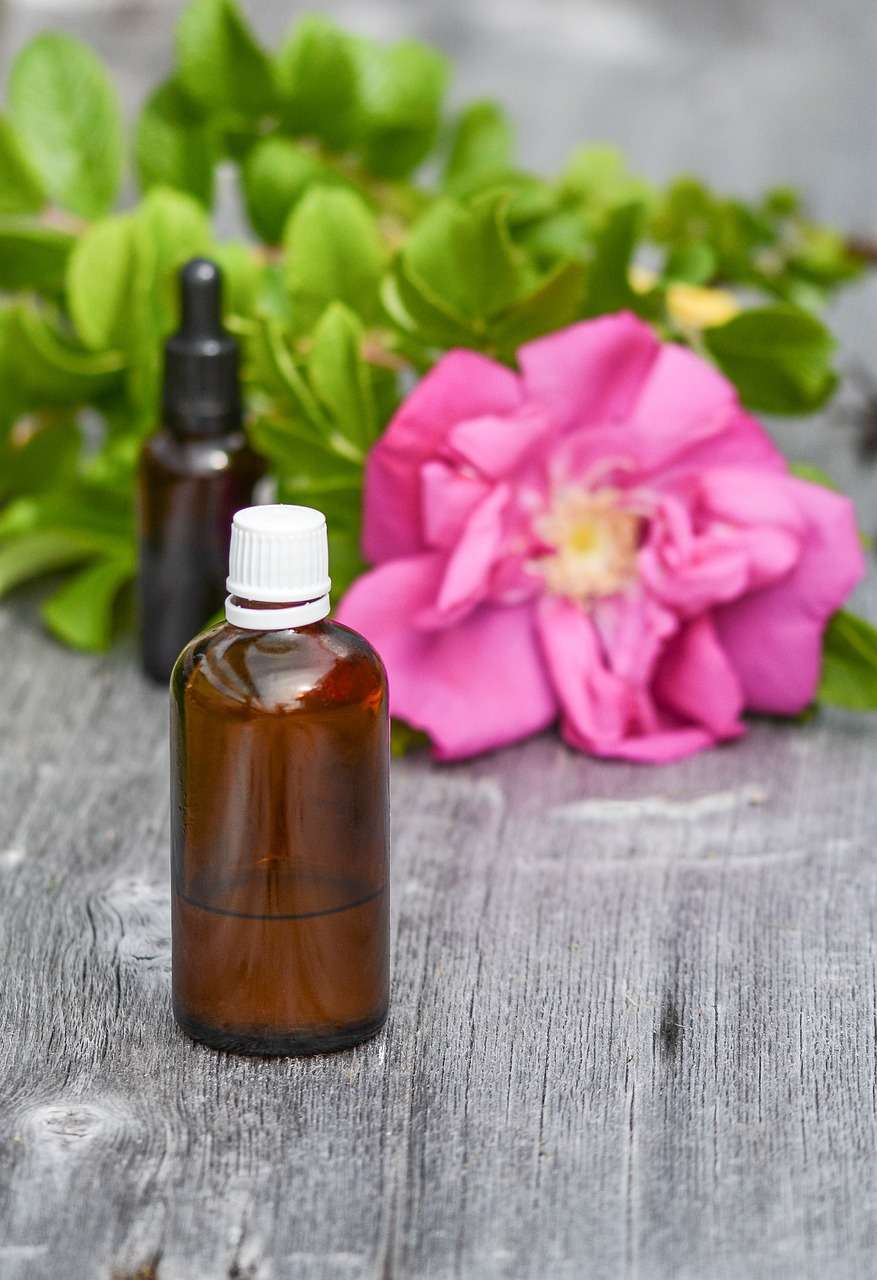
3. Herbal Tinctures: Tinctures are concentrated herbal extracts made by soaking herbs in alcohol. To make an herbal tincture for perfume, choose herbs like rosemary, sage, or patchouli. Chop the herbs finely and place them in a glass jar. Cover the herbs with high-proof alcohol, such as vodka or grain alcohol, and let the mixture sit for several weeks, shaking it occasionally. Strain out the herbs, and you'll have a potent herbal tincture that can be blended with other scents to create your perfume.
4. Herbal Sachets: If you prefer a simpler method, you can create herbal sachets to use as natural fragrance enhancers. Fill small fabric pouches with dried herbs like lavender, rose petals, or chamomile. These sachets can be placed in drawers, closets, or even tucked into your pillowcase to infuse your surroundings with a gentle herbal scent.
Remember, when creating your own perfumes, it's important to experiment and find the scent combinations that you enjoy. You can mix and match different herbal extracts, essential oils, and even add a touch of citrus or spice for complexity. Be sure to keep track of your recipes and the amounts used, so you can recreate your favorite scents in the future.
I hope these ideas inspire you to start creating your own natural perfumes using herbs. Enjoy the process and have fun exploring the world of herbal fragrances!
Herbs for Preserves, Oils and Vinegars
Introduction–Using herbs in oils and vinegars is a fantastic way to infuse them with unique flavors and aromas. Whether you're a culinary enthusiast or simply looking to add a special touch to your dishes, incorporating herbs can elevate your cooking experience to a whole new level.
Oils –When it comes to oils, infusing them with herbs can create a delightful blend of flavors that can be used in various culinary applications. One popular method is to create herb-infused olive oil. Simply heat the oil gently and add your choice of herbs, such as rosemary, thyme, or basil. Allow the herbs to steep in the oil for a period of time, typically a few weeks, to allow the flavors to meld together. The resulting infused oil can be used as a dressing, marinade, or drizzled over dishes to add a burst of herbal goodness.
Vinegars – Vinegars can also be infused with herbs to create flavorful concoctions that can be used in dressings, marinades, or even as a standalone ingredient. To make herb-infused vinegar, start by selecting your preferred herbs, such as tarragon, dill, or mint. Place the herbs in a clean glass jar and pour vinegar over them, ensuring that the herbs are fully submerged. Allow the mixture to sit for a few weeks, shaking it occasionally to help release the flavors. Once the desired flavor is achieved, strain out the herbs and transfer the infused vinegar to a clean bottle for storage and use.
Herbs in Oils & Vinegars– Using herbs in oils and vinegars not only adds a burst of flavor to your dishes but also provides potential health benefits. Many herbs are rich in antioxidants and have antimicrobial properties, which can contribute to overall well-being. However, it's important to note that homemade infused oils and vinegars should be used within a reasonable timeframe and stored properly to prevent any potential bacterial growth.
Try New Ideas– When experimenting with herb-infused oils and vinegars, feel free to get creative and try different combinations of herbs to suit your taste preferences. Additionally, consider using high-quality herbs and organic oils and vinegars for the best results.
Endless Possibilities – By incorporating herbs into oils and vinegars can enhance your culinary creations with unique flavors and aromas. Whether you're infusing olive oil with rosemary or creating a tarragon-infused vinegar, the possibilities are endless. So, go ahead and explore the world of herb-infused oils and vinegars to elevate your cooking and delight your taste buds!
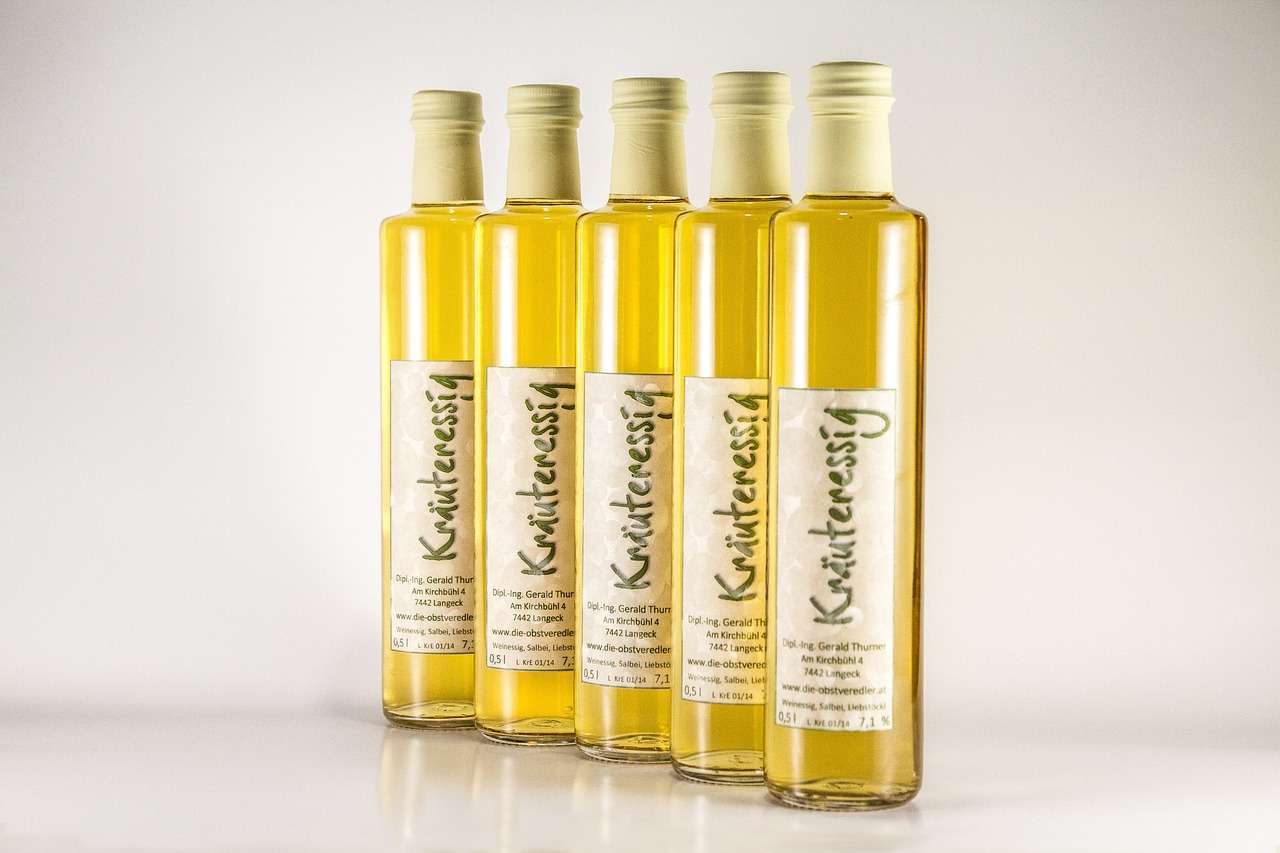
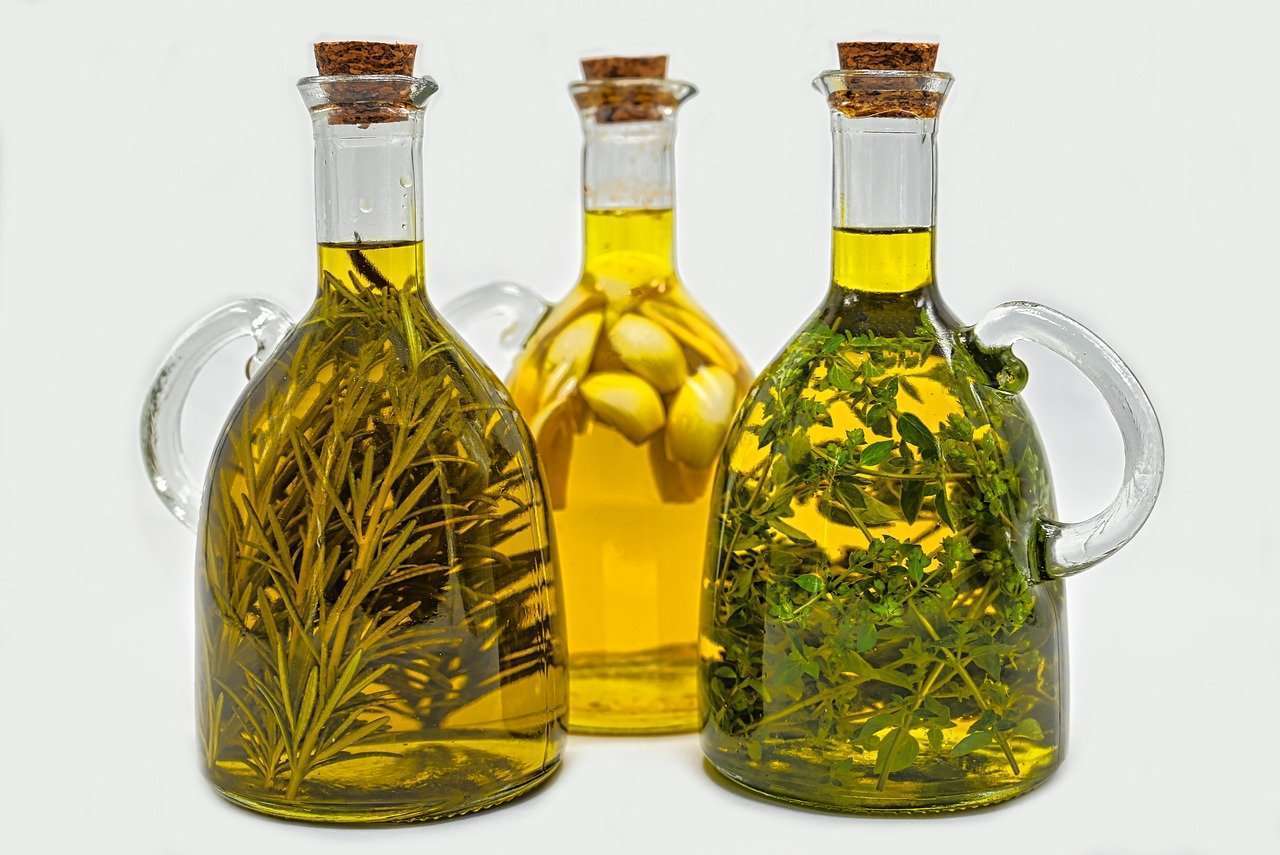
Edible Herb Flowers
Introduction
Edible herb flowers are a delightful addition to any dish, adding both visual appeal and unique flavors. These flowers not only enhance the taste of your culinary creations but also offer various health benefits. Let's dive into the world of edible herb flowers and explore some popular options.
One popular edible herb flower is the lavender flower. Known for its calming properties, lavender flowers can be used in both sweet and savory dishes. They add a subtle floral flavor to desserts like lavender-infused ice cream or lavender shortbread cookies. In savory dishes, lavender flowers can be used to garnish salads or incorporated into marinades for a unique twist.
Another commonly used edible herb flower is the chamomile flower. Chamomile flowers have a mild, apple-like flavor and are often used to make soothing herbal teas. They can also be used to infuse syrups, honey, or even vinegar. Chamomile flowers are known for their calming effects and are often used in natural remedies for relaxation and sleep.
More Edible Herb Flowers
Nasturtium flowers are not only beautiful but also have a peppery flavor, similar to watercress. These vibrant flowers can be used to add a pop of color to salads, sandwiches, or even as a garnish for soups. Nasturtium flowers are also rich in vitamin C and have natural antibiotic properties.
One more edible herb flower worth mentioning is the borage flower. Borage flowers have a mild cucumber-like taste and are often used in salads, cocktails, or as a garnish for summer dishes. They are also known for their medicinal properties, such as reducing inflammation and promoting healthy skin.
When using edible herb flowers, it's important to ensure they are grown organically and free from pesticides. It's also recommended to use them sparingly, as their flavors can be quite potent. Before using any new edible herb flower, it's always a good idea to do some research and make sure it's safe for consumption.
In conclusion, edible herb flowers are a wonderful way to elevate your culinary creations. From lavender to chamomile, nasturtium to borage, these flowers offer unique flavors and health benefits. So why not experiment with some edible herb flowers in your next dish and enjoy the delightful combination of taste and aesthetics?
Be Sure to Check out Our Recent Posts.
Cooking With Herbs
Exploring the Versatility of Herbs in Culinary Delights
The Wonders of Herbs:
Herbs are nature's flavorful gift to the culinary world. With their aromatic profiles and vibrant colors, herbs have the power to elevate any dish, adding depth, freshness, and complexity. In this article, we will explore the various ways you can incorporate herbs into your cooking, from using them as a garnish to infusing their flavors into soups, meats, and breads.
1. Garnishing with Herbs:
Herbs make for stunning garnishes, adding visual appeal and a burst of flavor to your dishes. Sprinkle freshly chopped herbs like parsley, cilantro, or chives over salads, roasted vegetables, or grilled meats to enhance their presentation and provide a delightful finishing touch.
2. Flavorful Soups and Stocks:
Herbs are essential in creating flavorful soups and stocks. Simmering herbs like thyme, bay leaves, and rosemary in your broth or stock infuses them with their aromatic essence. This imparts a rich and savory flavor that enhances the overall taste of your soups, stews, and sauces.
3. Herb-Rubbed Meats:
Herbs are a perfect companion for meats, adding depth and complexity to their flavors. Create herb rubs by combining minced herbs like sage, oregano, and thyme with salt, pepper, and olive oil. Rub this mixture onto your meats before grilling, roasting, or pan-searing to infuse them with a tantalizing herbaceous taste.
4. Herb-Infused Breads:
Herbs can transform ordinary bread into a culinary masterpiece. Add chopped herbs like basil, dill, or rosemary to your bread dough for a fragrant and flavorful twist. The herbs will permeate the bread as it bakes, creating a delightful aroma and taste that will leave your taste buds craving for more.
5. Herbal Infusions and Oils:
Take your culinary adventures a step further by creating herbal infusions and oils. Steep herbs like lavender, mint, or lemon verbena in hot water to create refreshing herbal teas. Alternatively, infuse herbs in oils like olive oil or grapeseed oil to create aromatic and flavorful bases for dressings, marinades, or drizzles.
Embrace the World of Herbs:
Herbs are a versatile ingredient that can elevate your cooking to new heights. Whether you use them as a garnish, infuse their flavors into soups and stocks, incorporate them into breads, or create herbal infusions and oils, herbs have the power to transform ordinary dishes into extraordinary culinary delights. So, embrace the world of herbs and let their aromatic and flavorful profiles take your cooking to the next level.

Preserving Foods with Herbs
Preserving food with herbs is a fantastic way to enhance flavors, extend shelf life, and add a touch of freshness to your homemade preserves. Whether you're making jams, jellies, pickles, or chutneys, incorporating various herbs can take your preserves to a whole new level. Let's explore some popular herbs that can be used in preserving and the unique flavors they bring to the table.
1. Basil: Known for its sweet and slightly peppery flavor, basil can add a delightful twist to fruit preserves. Try pairing it with strawberries or peaches for a refreshing and aromatic combination.
2. Rosemary: With its distinct pine-like aroma, rosemary can infuse your preserves with a savory and earthy note. It pairs exceptionally well with citrus fruits like oranges or lemons, creating a unique and zesty flavor profile.
3. Mint: Mint is a versatile herb that can lend a cool and refreshing taste to your preserves. It works wonders with berries, such as raspberries or blackberries, adding a hint of freshness to balance out their natural sweetness.
4. Thyme: Known for its subtle and slightly floral flavor, thyme can be a great addition to savory preserves like pickles or chutneys. It complements vegetables and fruits alike, adding depth and complexity to your creations.
5. Lavender: This fragrant herb can bring a touch of elegance to your preserves. Its floral and slightly sweet flavor pairs beautifully with stone fruits like peaches or apricots, creating a unique and sophisticated taste.
6. Sage: With its earthy and slightly peppery taste, sage can add a savory twist to your preserves. It works particularly well with apple or pear preserves, providing a warm and comforting flavor.
When using herbs in preserves, it's important to find the right balance to ensure the flavors harmonize well. Start by adding a small amount of the herb and gradually increase if desired. Remember to remove any woody stems or tough leaves before adding the herbs to your preserves.
Additionally, proper sterilization and sealing techniques are crucial for preserving the freshness and longevity of your creations. Follow recommended guidelines for canning and preserving to ensure safety and quality.
Incorporating herbs into your preserves can elevate the flavors and create unique taste experiences. From the sweet and aromatic basil to the savory and earthy sage, there are endless possibilities to explore. So, get creative, experiment with different herb combinations, and enjoy the delightful flavors that herbs can bring to your homemade preserves!
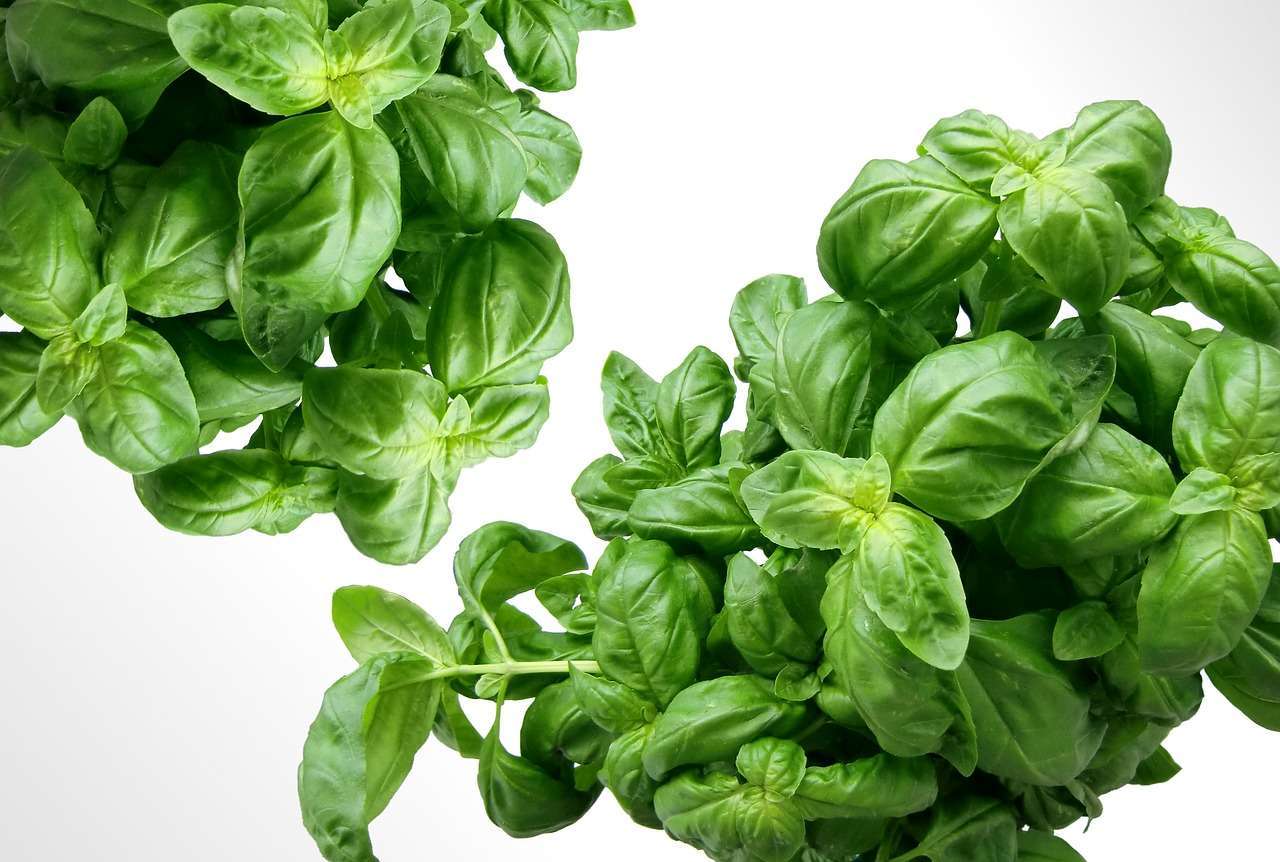
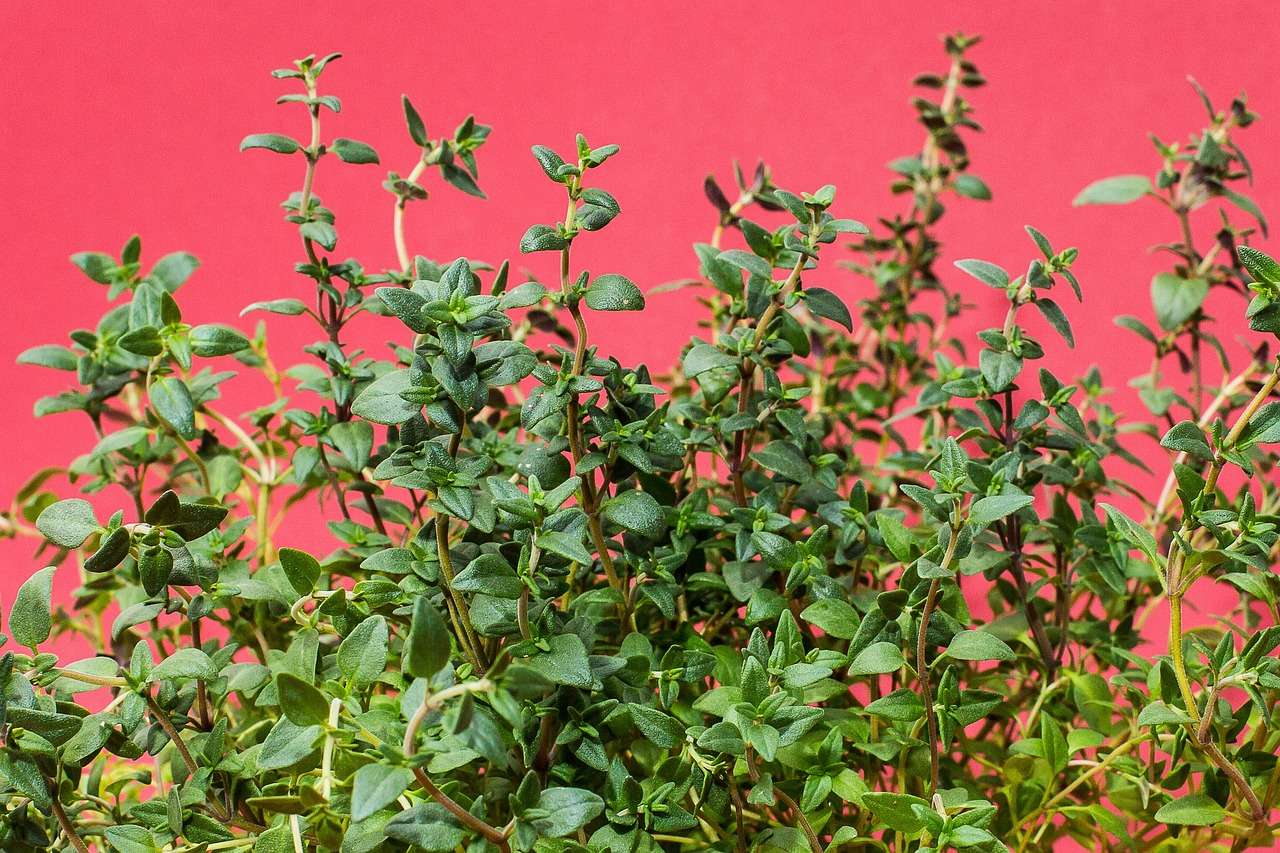
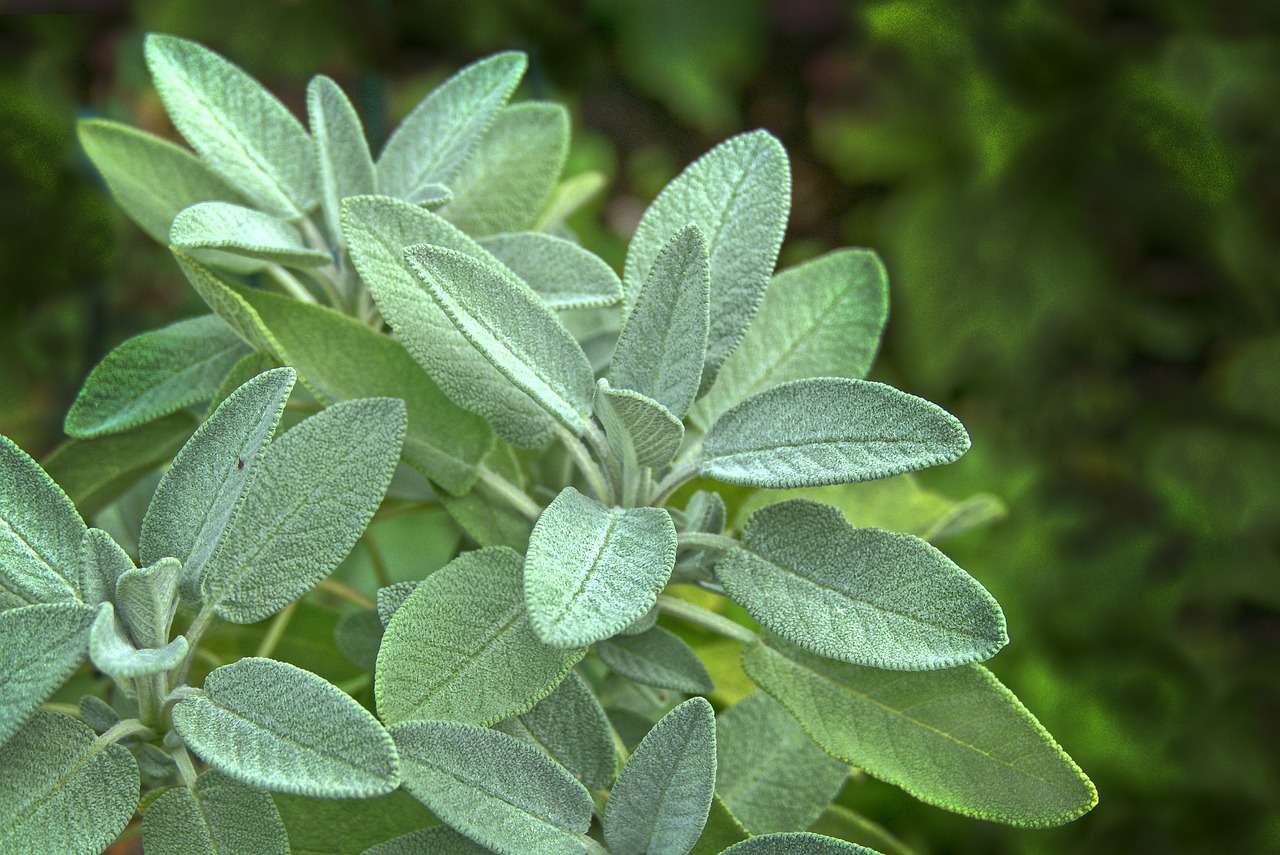
Using Herbs in Drinks and Teas
Exploring the World of Herbal Teas: A Delightful Blend of Flavor and Wellness
Introduction:
Herbal teas have long been cherished for their soothing properties and delightful flavors. From calming chamomile to invigorating peppermint, the world of herbal teas offers a diverse range of options to suit every taste and wellness need. In this article, we will explore the different types of herbal teas and how they are made, allowing you to embark on a journey of flavor and wellness.
1. Chamomile Tea:
Chamomile tea is renowned for its calming and relaxing properties. Made from the dried flowers of the chamomile plant, this tea is often enjoyed before bedtime to promote a restful sleep. To make chamomile tea, simply steep a tablespoon of dried chamomile flowers in hot water for about 5 minutes. Add honey or lemon for a touch of sweetness or flavor, if desired.


2. Peppermint Tea:
Peppermint tea is known for its refreshing and invigorating qualities. Made from the leaves of the peppermint plant, this tea offers a cooling sensation and can aid digestion. To make peppermint tea, steep a handful of fresh peppermint leaves or a teaspoon of dried leaves in hot water for 5-10 minutes. Enjoy it as is or add a dash of honey for a touch of sweetness.
3. Lemon Balm Tea:
Lemon balm tea is a delightful herbal infusion with a citrusy aroma. It is often enjoyed for its calming effects and potential to reduce stress and anxiety. To make lemon balm tea, steep a handful of fresh lemon balm leaves or a teaspoon of dried leaves in hot water for 5-7 minutes. Feel free to add a slice of lemon or a drizzle of honey to enhance the flavor.
4. Ginger Tea:
Ginger tea is a warming and invigorating herbal beverage that can help soothe digestive discomfort and boost immunity. To make ginger tea, peel and slice fresh ginger root, then steep it in hot water for 10-15 minutes. You can add a squeeze of lemon and a touch of honey for added flavor.
- Rooibos Tea:
Rooibos tea, also known as red bush tea, is a caffeine-free herbal tea that originates from South Africa. It has a naturally sweet and nutty flavor and is rich in antioxidants. To make rooibos tea, steep a teaspoon of dried rooibos leaves in hot water for 5-7 minutes. Enjoy it plain or with a splash of milk and a sprinkle of cinnamon.
Herbal teas offer a delightful and healthful way to enjoy the benefits of herbs. From chamomile to peppermint, ginger to rooibos, the world of herbal teas is vast and diverse. Experiment with different herbs and flavors to find your favorites and create a soothing and flavorful tea ritual that suits your taste and wellness needs. Cheers to the wonderful world of herbal teas!
Remember to consult with a healthcare professional if you have any specific health concerns or are taking medications that may interact with certain herbs. Enjoy your herbal tea journey responsibly and savor the natural goodness that herbs have to offer.
Refreshing Twist: Harnessing the Power of Herbs in Cold and Alcoholic Drinks


Introduction:
When it comes to crafting delicious and refreshing beverages, herbs can be the secret ingredient that takes your drinks to the next level. Not only do herbs add unique flavors and aromas, but they also offer a range of health benefits. In this blog post, we'll explore the exciting world of using herbs in cold drinks and alcoholic beverages, providing you with inspiration to create your own herb-infused concoctions.
1. Herb-Infused Cold Drinks:
a. Herbal Iced Teas: Elevate your iced tea game by infusing it with herbs like mint, basil, or lemon verbena. These herbs not only add a refreshing twist but also offer digestive and calming properties.
b. Herb-Infused Lemonades: Add a burst of flavor to your lemonade by incorporating herbs such as lavender, rosemary, or thyme. These herbs can provide a unique and aromatic twist to your classic summer drink.
2. Herb-Infused Mocktails:
a. Herbal Mojito Mocktail: Swap out the traditional mint in a mojito with herbs like lemon balm or pineapple sage for a delightful twist. These herbs can bring a citrusy and tropical flavor to your mocktail.
b. Herbal Spritzers: Create a refreshing spritzer by combining sparkling water with herb-infused simple syrups. Herbs like rosemary, basil, or lavender can infuse your spritzer with a burst of aromatic goodness.
3. Herb-Infused Cocktails:
a. Herb-Infused Gin and Tonic: Elevate your classic gin and tonic by adding herbs like thyme, sage, or cucumber. These herbs can complement the botanical notes of the gin and add a refreshing twist to your cocktail.
b. Herbal Margarita: Give your margarita a herbal twist by incorporating herbs like cilantro, basil, or jalapeno. These herbs can add a unique and vibrant flavor profile to your cocktail.
4. Tips for Herb Selection and Preparation:
a. Choose Fresh and Organic Herbs: Opt for fresh and organic herbs whenever possible to ensure the best flavor and quality.
b. Muddle or Infuse: Depending on the drink, you can muddle the herbs to release their flavors or infuse them in syrups or spirits for a more subtle infusion.
c. Experiment and Have Fun: Don't be afraid to experiment with different herb combinations and ratios to find your perfect flavor profile. Mix and match herbs to create your own signature drinks.
Conclusion:
By incorporating herbs into your cold drinks and alcoholic beverages, you can elevate your drinking experience with unique flavors, aromas, and health benefits. Whether you're sipping on a refreshing herbal mocktail or enjoying a herb-infused cocktail, the possibilities are endless. So, grab your favorite herbs, get creative, and embark on a flavorful journey that will leave your taste buds tingling and your guests impressed. Cheers to the power of herbs in your glass!
How to Prepare Herbs for Drying and Preserving!
Preserving herbs through drying is a fantastic way to extend their shelf life and ensure you have a fresh supply of aromatic and flavorful herbs all year round. Here are some steps to help you prepare herbs for drying and preserving:
1. Harvesting: Start by harvesting your herbs at the right time. The best time to harvest herbs is in the morning after the dew has dried but before the sun is too hot. Choose herbs that are healthy and free from any signs of disease or pests.
2. Cleaning: Gently remove any dirt or debris from the herbs by rinsing them under cool water. Be careful not to bruise or damage the leaves during this process. Pat them dry with a clean towel or use a salad spinner to remove excess moisture.
3. Bundling: Gather a small bunch of herbs together, about 5-10 stems, and tie them tightly at the base with a string or rubber band. Make sure the stems are aligned so that the leaves are not overlapping too much, as this can hinder the drying process.
4. Hanging: Find a well-ventilated area with low humidity to hang your herb bundles. Ideally, choose a dark and dry location, such as a pantry or a cool room. Hang the bundles upside down from a hook or a clothesline, making sure they are not touching each other.
5. Drying time: The drying process can take anywhere from a few days to a couple of weeks, depending on the herb and the environmental conditions. Check the herbs regularly to ensure they are drying properly and not developing any mold or mildew. The leaves should feel dry and crumbly to the touch when they are fully dried.
6. Storage: Once the herbs are completely dry, remove the leaves from the stems by gently rubbing them between your fingers or using a clean, dry cloth. Discard any stems or debris. Store the dried herbs in airtight containers, such as glass jars or resealable bags, in a cool, dark place away from direct sunlight. Label the containers with the herb name and the date of drying for easy identification.
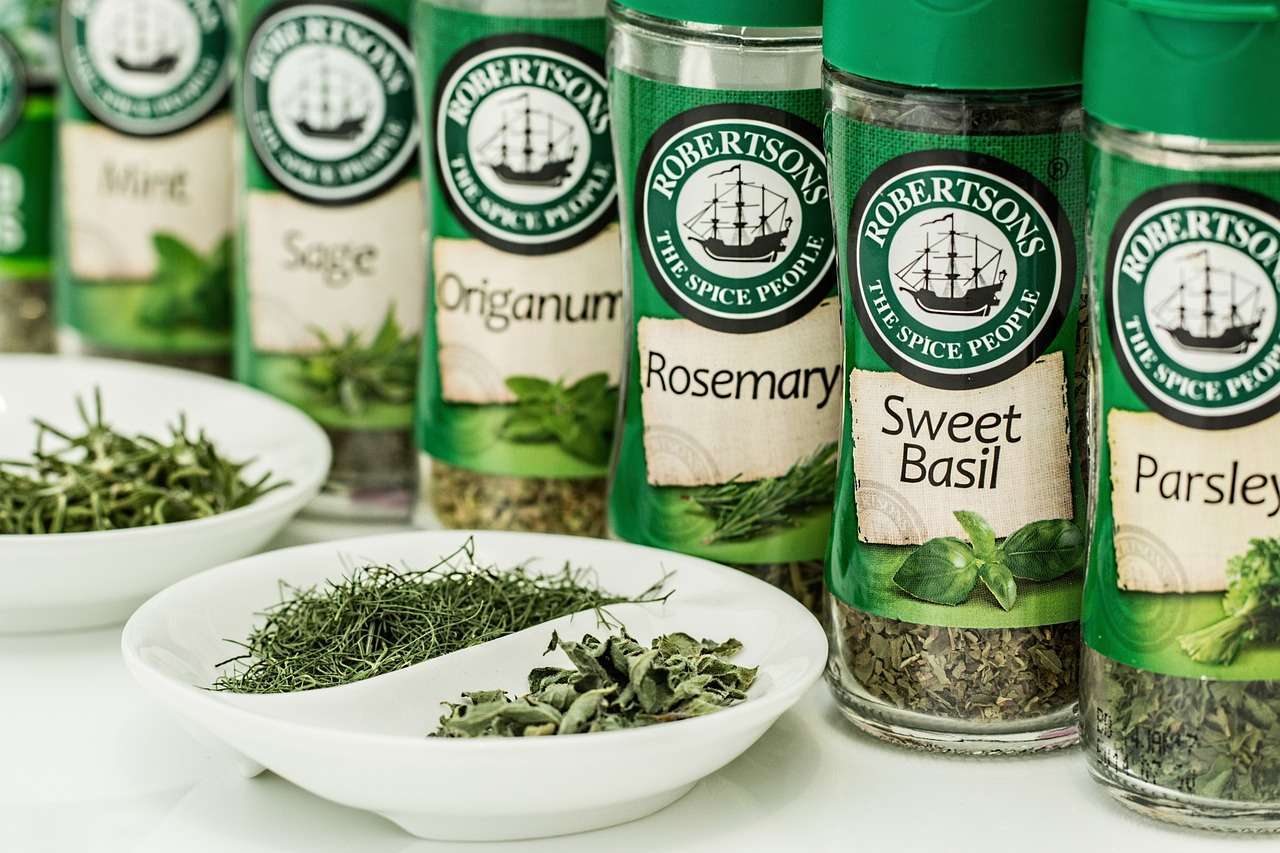
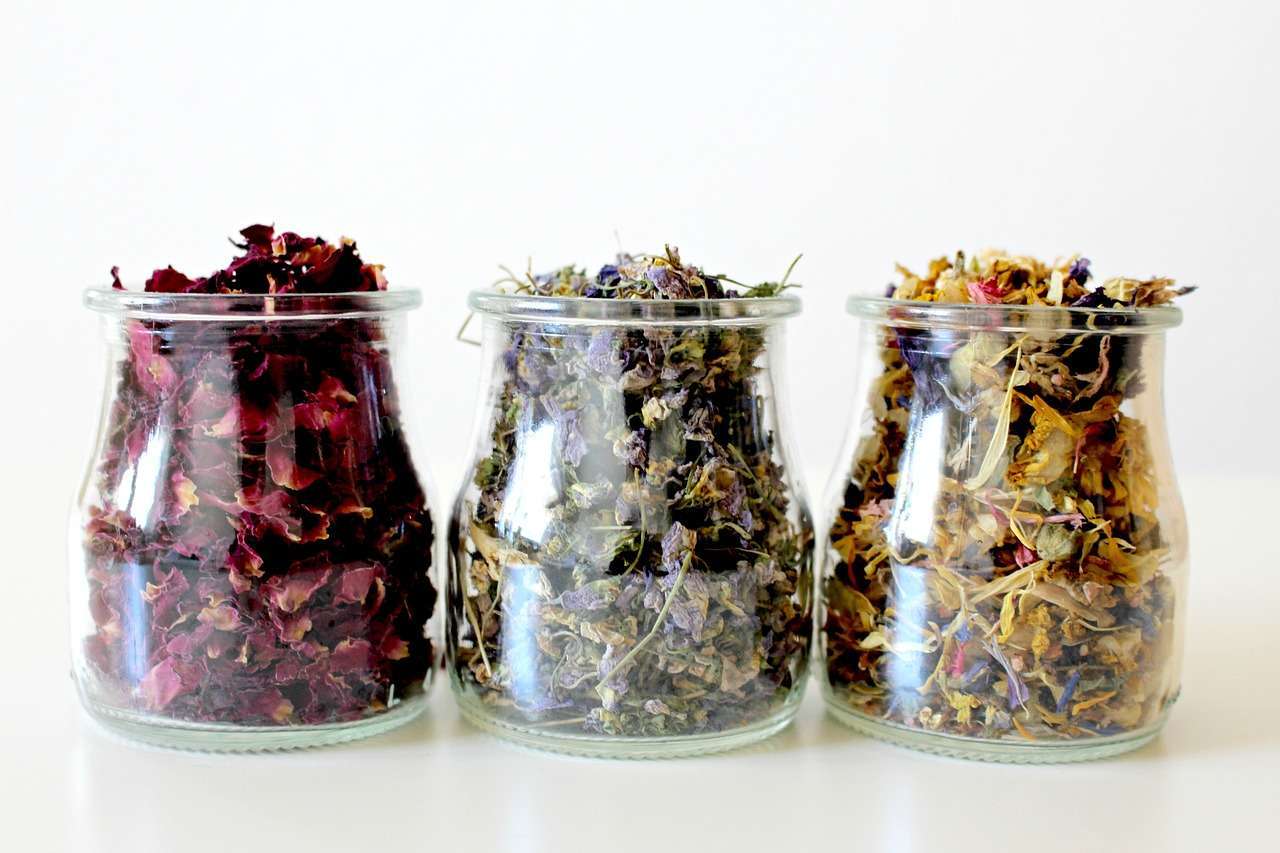
7.Usage: When you're ready to use the dried herbs, simply crush or grind them to the desired consistency. Remember that dried herbs are more potent than fresh ones, so you may need to adjust the amount used in recipes accordingly.
By following these steps, you can successfully dry and preserve your herbs, ensuring a steady supply of flavorful and aromatic ingredients for your culinary creations. Enjoy the satisfaction of using your own homegrown herbs throughout the year.
